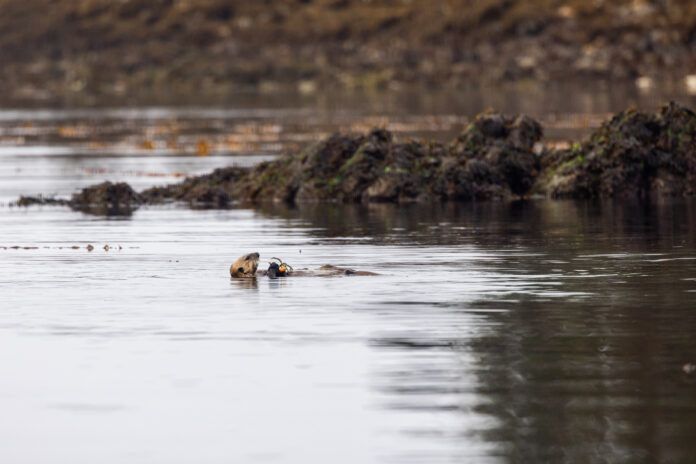When people typically think of keystone species, animals that hold an ecosystem together, they think of large predatory animals like wolves or bears.
But a new study from University of Victoria researcher Ishana Shukla shows that smaller species like cabbage butterflies and pocket mice play a more prominent role in ecosystems than once thought.
“We’ve all heard of the Yellowstone wolves, but they’re just part of the story,” said Shukla. Many keystones are much smaller, and instead of influencing ecosystems via predation, they perform important ecosystem services such as churning up soil or filtering water.”
According to the study, there is a much wider diversity of keystone species than originally thought, with animals filling that role coming in all shapes sizes and functions.
Shukla’s team identified 230 keystone animals from scientific papers and found that large predatory carnivores are just one of “five keystone archetypes”. Other keystone species include a wide array of animals from invertebrates to insects, fish and rodents.
The study proposes a new focus of conservation efforts on a broader range of keystone species, beyond large carnivores.


